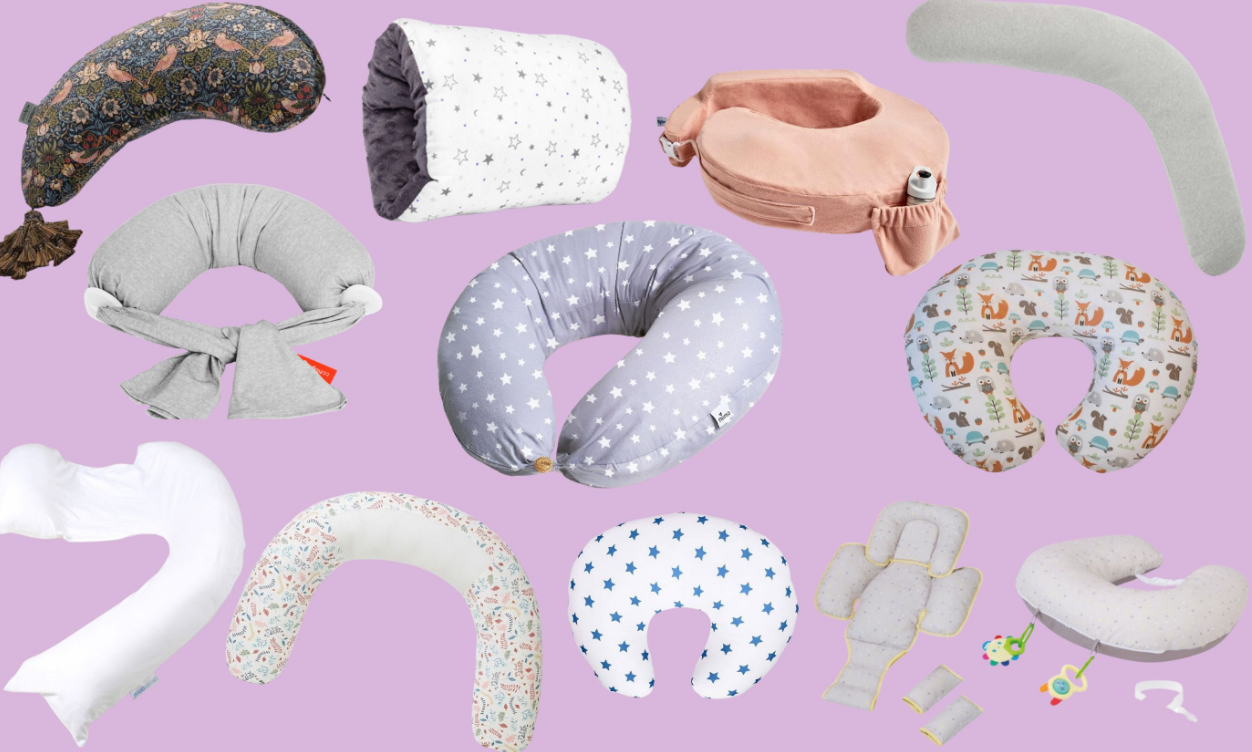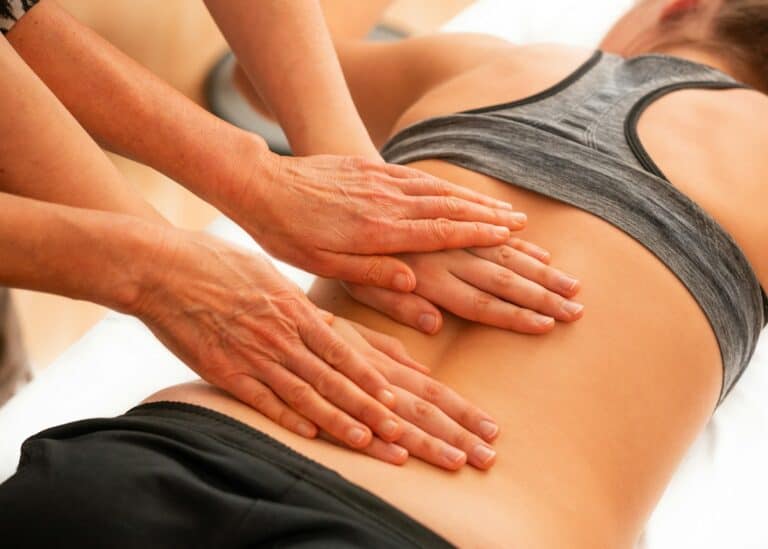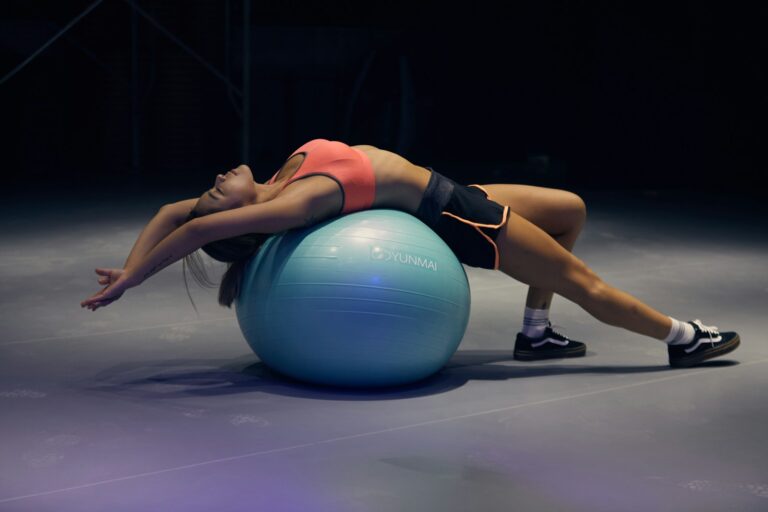Breastfeeding Latch Correction Advice from Midwife: Real Tips & Tools for a Comfortable Feed
Breastfeeding is natural, but it doesn’t always feel easy. Many new parents struggle with pain, cracked nipples, or worry their baby isn’t feeding enough. Often, the root cause is a poor latch, and correcting it can change everything.
In this article, we’ll share breastfeeding latch correction advice from experienced midwives, practical benefits, real tools that help, and detailed product recommendations. With the right guidance and support, feeding your baby can become comfortable, effective, and even enjoyable.
Why the Right Latch Matters More Than You Think
Midwives often say, “Breastfeeding shouldn’t hurt.” While mild tenderness in the first days can be normal, ongoing pain usually means the latch needs adjusting.
A good latch helps:
-
Baby transfers milk effectively (leading to healthy weight gain)
-
Reduce nipple pain, cracks, and bleeding
-
Prevent blocked ducts and mastitis
-
Support long-term breastfeeding success
Midwives watch for signs like baby’s lips flanged out (“fish lips”), wide-open mouth, chin pressed into the breast, and more areola visible above than below baby’s mouth.
Midwife Tips to Correct a Painful Latch
1. Start with baby tummy-to-tummy:
Hold the baby’s body close so they don’t have to turn their head to reach your breast.
2. Wait for a big mouth:
Tickle baby’s upper lip with your nipple; wait until the mouth opens wide before guiding baby onto the breast.
3. Lead with the chin:
Bring the baby’s chin to touch your breast first, so the lower jaw gets a deep latch under the nipple.
4. Check after baby latches:
Baby’s lips should flare outward; you shouldn’t hear clicking sounds, and your nipple shouldn’t look pinched after feeding.
These small adjustments, taught and checked by a midwife or lactation consultant, can prevent weeks of pain.
Benefits of Correct Latch: Beyond Comfort
Fixing the latch does more than reduce pain. Parents often discover:
-
Better milk supply: Baby empties the breast more efficiently, telling your body to keep producing.
-
Calmer feeds: Less frustration and crying for both parent and baby.
-
Shorter, more effective feeds: Baby gets more milk in less time.
-
Lower risk of complications, Like blocked ducts, mastitis, or nipple thrush.
Over time, this supports longer, healthier breastfeeding, which research shows benefits babies’ immunity, growth, and bonding.
Tools Midwives Recommend for Latch Training & Relief
While technique is most important, many midwives recommend tools to help parents practice and heal. Here are five real-world products that support latch correction and comfort.
1. MBestst Friend Nursing Pillow
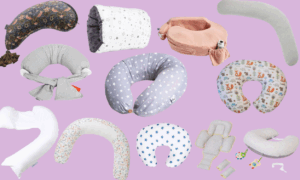
The My Brest Friend Nursing Pillow provides firm, wrap-around support to keep the baby at breast height.
Why it helps:
A stable pillow positions the baby correctly, reducing strain on your arms and shoulders, making it easier to maintain a deep latch.
Use case:
Wrap around your waist; adjust the baby until the chin meets the breast first.
Benefits:
-
Prevents the baby from sliding away during feeds
-
Supports multiple positions (football hold, cross-cradle)
-
Adjustable for different body types
2. Haakaa Silicone Breast Pump
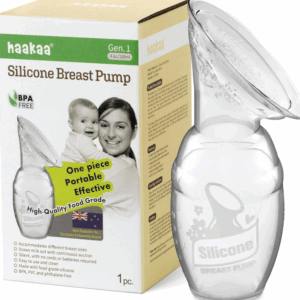
The Haakaa isn’t just for collecting milk; it can also gently draw out a flat or inverted nipple before latching.
Why it helps:
A slightly everted nipple makes it easier for the baby to latch deeply, especially in the early weeks.
Use case:
Attach for 1–2 minutes before feeding to draw out the nipple.
Benefits:
-
Soft silicone, no harsh suction
-
Helps prevent engorgement on the non-feeding side
-
Portable, easy to clean
3. Silverette Nursing Cups
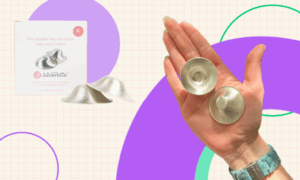
Silverette Nursing Cups are 100% silver cups worn over the nipple between feeds to heal cracks naturally.
Why it helps:
Silver has natural antibacterial and anti-inflammatory properties, speeding healing while keeping the area dry and protected.
Use case:
Place over nipples after each feed; wear under your bra.
Benefits:
-
Drug-free, safe for baby
-
Reusable and long-lasting
-
Helps reduce soreness fast
4. Lansinoh Breastfeeding Nipple Shields
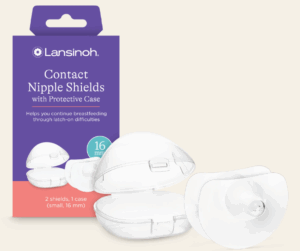
In special cases, midwives may suggest a Lansinoh Nipple Shield to help latch on to very sore nipples or flat nipples.
Why it helps:
Creates a larger, firmer shape for the baby to latch to, easing the transition back to the bare breast later.
Use case:
Work closely with your midwife or lactation consultant to use correctly and safely.
Benefits:
-
Ultra-thin, medical-grade silicone
-
Helps baby practice a deeper latch
-
Temporary tool, not a permanent solution
5. Boppy Nursing Scarf Cover
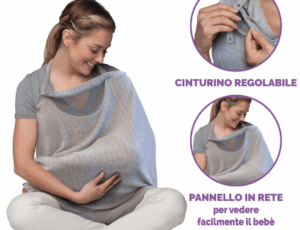
Comfortable feeding often means privacy in public. The Boppy Nursing Scarf doubles as a soft scarf and full-coverage cover.
Why does it help?
Reduces stress when adjusting the latch in public, helping you stay relaxed.
Use case:
Wear as a scarf; drape around the baby during feed.
Benefits:
-
Lightweight and breathable
-
Machine washable
-
Stylish and practical
Why Families Need These Products: The Problems They Solve
-
Baby slips down? → Nursing pillow keeps the baby in position.
-
Flat nipples? → Haakaa gently draws the nipple out before feeding.
-
Cracks or soreness? → Silverette cups protect and heal naturally.
-
Deep latch hard in public? → Nursing scarf adds confidence.
-
Pain persists? → Nipple shields protect while correcting the technique.
Together, these tools support latch correction but only with midwife or lactation consultant guidance.
How Technology Helps with Latch Training
Modern parents don’t have to figure it out alone:
-
Video consultations: Many midwives offer online latch checks.
-
Latch apps: Track feeds, sides, and duration to spot patterns.
-
Slow-motion videos: Help see what a good latch looks like.
These tools make learning faster and more visual.
Correct Latch Means Long-Term Success
With a corrected latch, parents often see:
-
Baby feeds more efficiently (better weight gain)
-
Feeds feel shorter, calmer, and less painful
-
Fewer blocked ducts or mastitis
-
Breastfeeding continues for months or years, if desired
The investment in technique pays off in comfort, confidence, and connection.
How to Buy & Where to Start
Get products early, ideally before birth, so you can practice in the first days:
Tip: Review latch technique with your midwife or a lactation consultant within the first 48 hours after birth.
Midwife Advice: Trust, Practice & Get Help Early
Correcting the match isn’t always instant. Midwives remind parents:
-
Ask for help early, don’t wait until the pain is severe
-
Practice different positions (side-lying, cross-cradle, laid-back)
-
Watch for baby’s cues: wide mouth, chin leading
-
Focus on comfort and connection, not perfection
The best results come from patience, practice, and professional support.
Frequently Asked Questions
Q1: How do I know if my baby’s latch is correct?
Baby’s mouth should cover more areola below than above, lips flanged out, chin pressed into breast, no clicking sounds, and your nipple should look round (not pinched) after.
Q2: Will my nipples always hurt at first?
Mild tenderness can be normal in the first week, but sharp pain, cracks, or bleeding usually means the latch needs correction.
Q3: Do nipple shields harm milk supply?
Used correctly, temporarily, and under midwife guidance, they don’t but long-term use without support can reduce stimulation.
